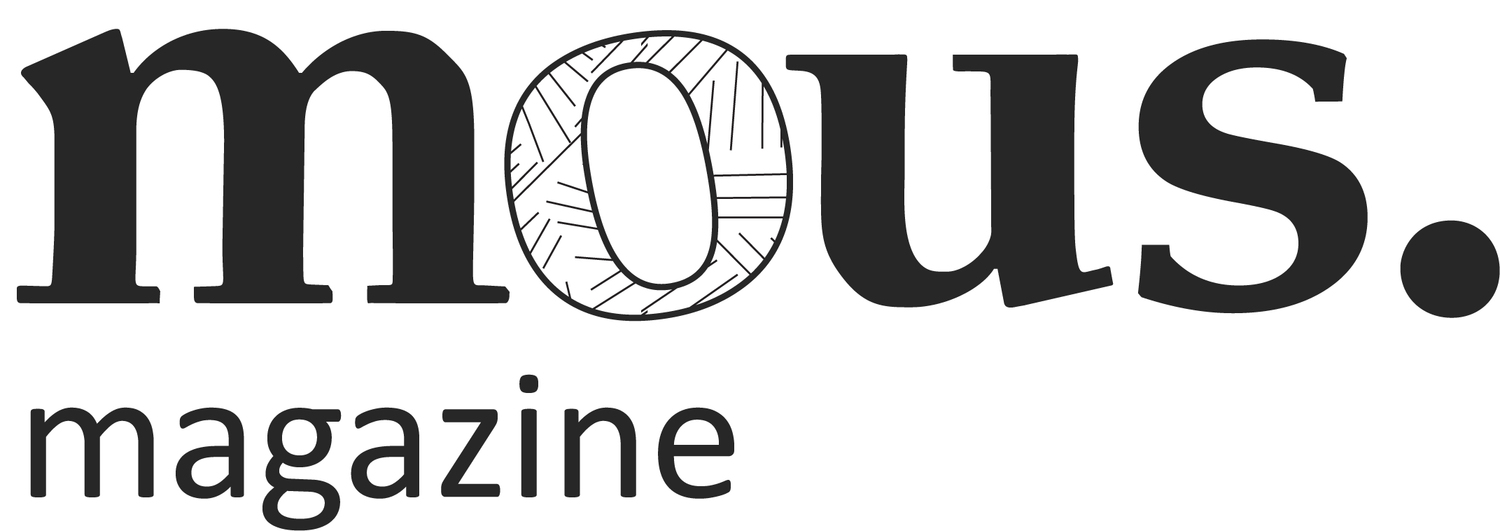/create/
Stanislava Pinchuk, aka Miso is exactly how you would expect her to be. Much like the refined pinprick mapping that characterizes her recent work, she is both understated and eloquent. I visited her airy studio overlooking Swanston Street in the Nicholas building to discuss her art, her tattooing, and the sense of community that comes with it.
Stanislava’s current aesthetic, the pinprick images that map out both emotional and geographical spaces, developed simultaneously with her love for “home job” tattooing. She laughs as she explains that this happened only after she had “a really big hissy fit about drawing.
“I had a total crisis. Even though I’m really technically adept as a draftsman, I’m trained in a fairly old fashioned way, so I felt like I couldn’t draw anything that felt contemporary to me.”
She elaborates, explaining that “it was all loaded with a kind of classicism or nostalgia and I’m not a nostalgic person at all, so I kind of had this real frustration with myself for a long time”.
Stanislava drew new inspiration from her interest in what historically has been termed ‘women’s work’; the folk art and textiles she was surrounded with growing up in Ukraine as well as Berber and Croatian tattoos.
She explains that originally, tattooing was a job for women. She says, “I love that they’re the kind of things that are always written off as craft or decorativeness or vanity because it’s the work of women. But it’s so physically demanding and time consuming, and also technically really difficult”.
In terms of this physicality, Stanislava’s work explores “that energy and that tension between (refined beauty and pain)”. She compares the feeling to seeing a beautiful piece of lace, and the lack of thought you put into the physicality behind it.
Because of this she has “no qualms” about the high price her art commands, but she is aware of its prohibitive nature. Unsurprisingly, as an artist whose career has very much been about accessible art, Stanislava has found ways to circumvent this economic exclusivity.
“I think I’d go really crazy if I just made my artwork” she laughs. “So for me it’s really important to have that other balance, where I make artworks that my friends carry with them and I make zines and I share a lot online as far as access or inspiration goes.
“I guess the Gorman collaboration is a really good example; to make something at a reasonable price point that was a really nice extension of the energy of my work”.
In creating intimate home job tattoos and insisting on trades instead of money in return, Stanislava feels an enhanced sense of community. "One of my friends texted me the other day; they were on this rooftop in New York and they met all these people who were sitting at the same table.
“They realized that all six of them knew me and had tattoos from me and they sent me a picture. It was so special that halfway around the world you can meet someone you have a mutual friend with and you can tell straight away that they’re going to be your kind of person”.
Stanislava says trading for her work is “one of the best things I’ve done as an artist and for myself.
“I think a lot of people forget that they have really awesome talents and sometimes friends say, ‘I don’t know what I’d give you’, and you go 'oh my god you can give so much'.”
Of her current practice Stanislava says "I feel like I’ve found a visual language that’s mine…uniquely mine; I’ve finally come into a visual language that feels really contemporary".
It’s the early afternoon when I walk out of the Nicholas building in a kind of Miso induced daze, wishing I had Stanislava Pinchuk as a friend.








